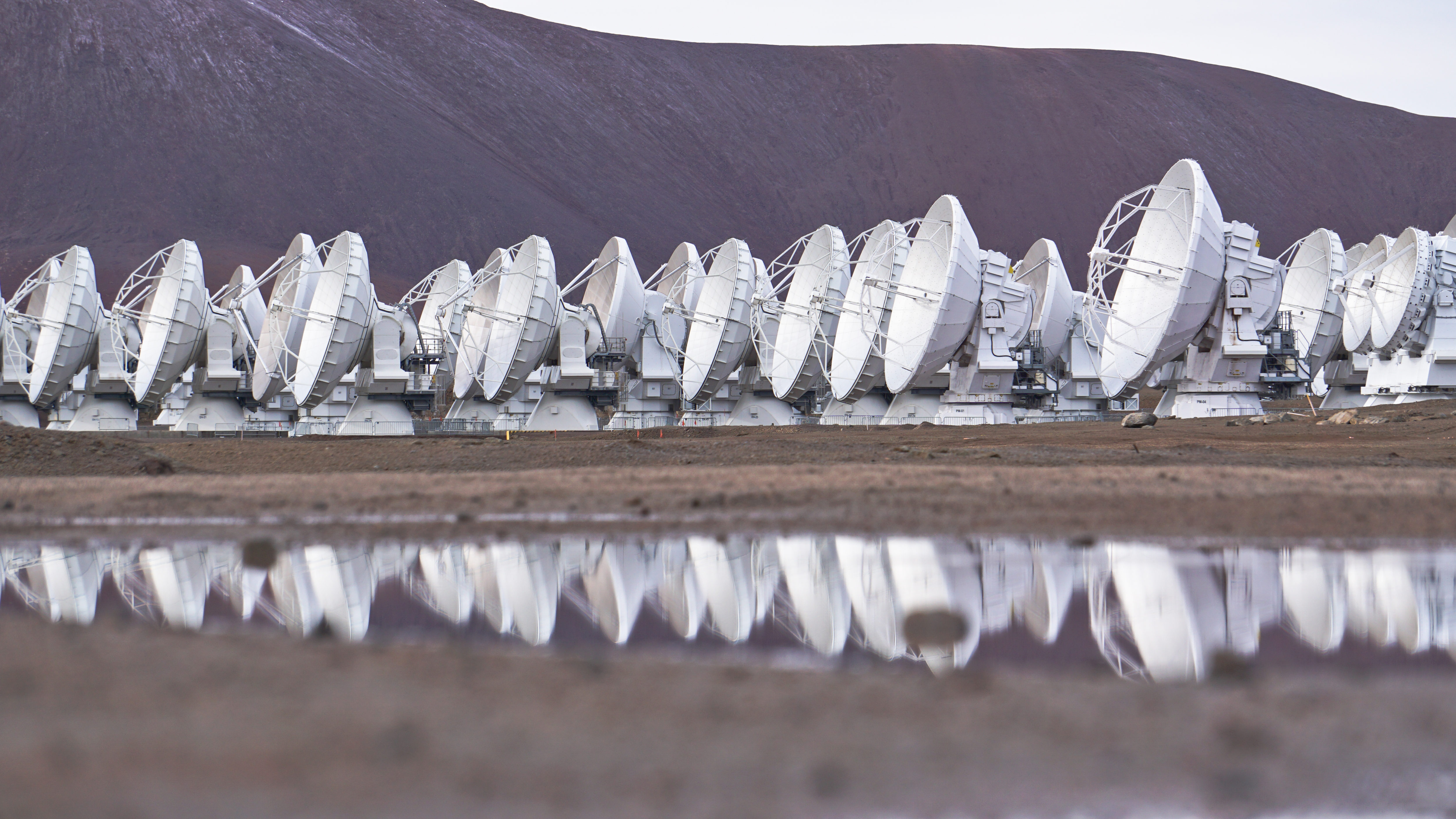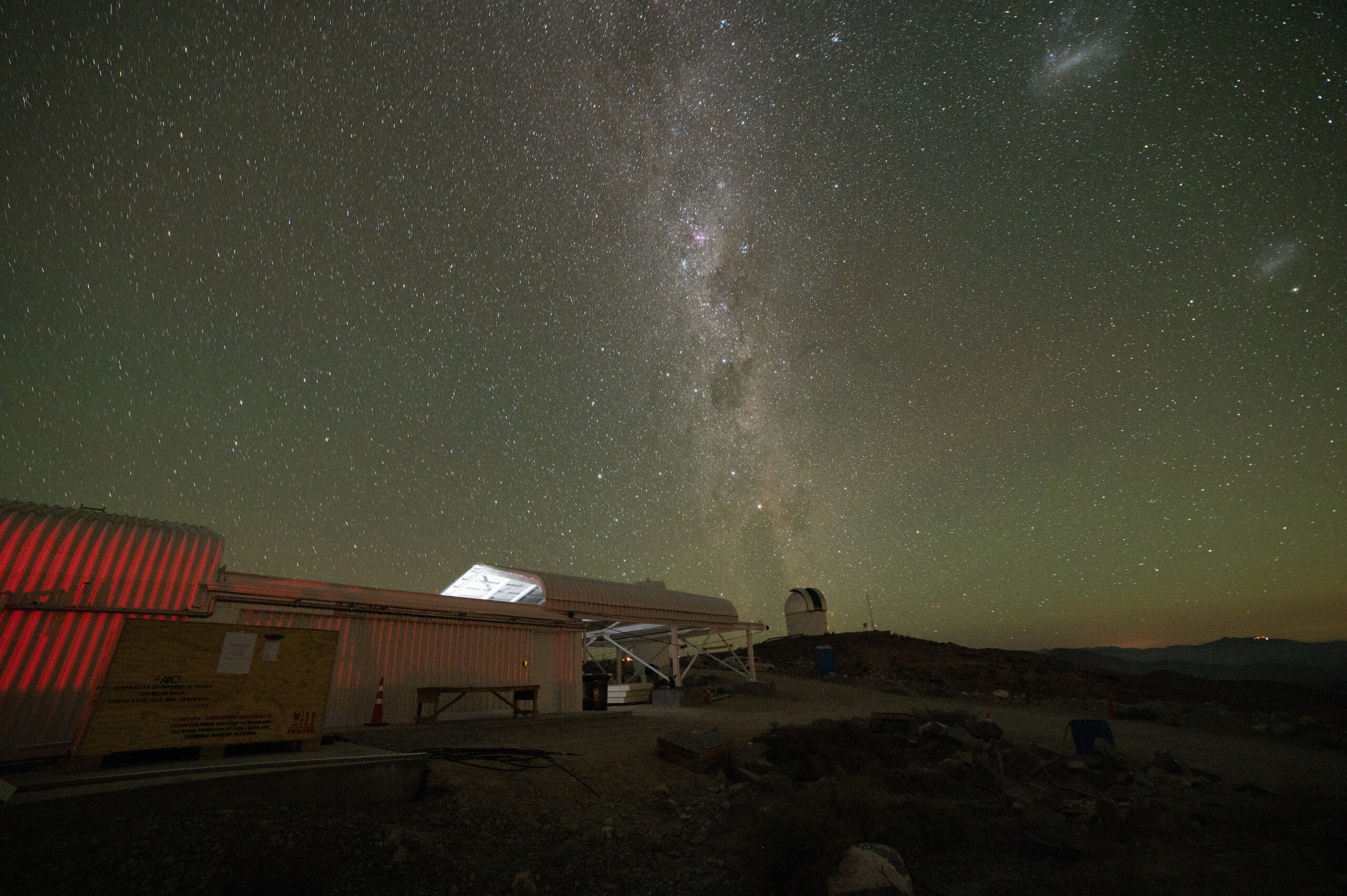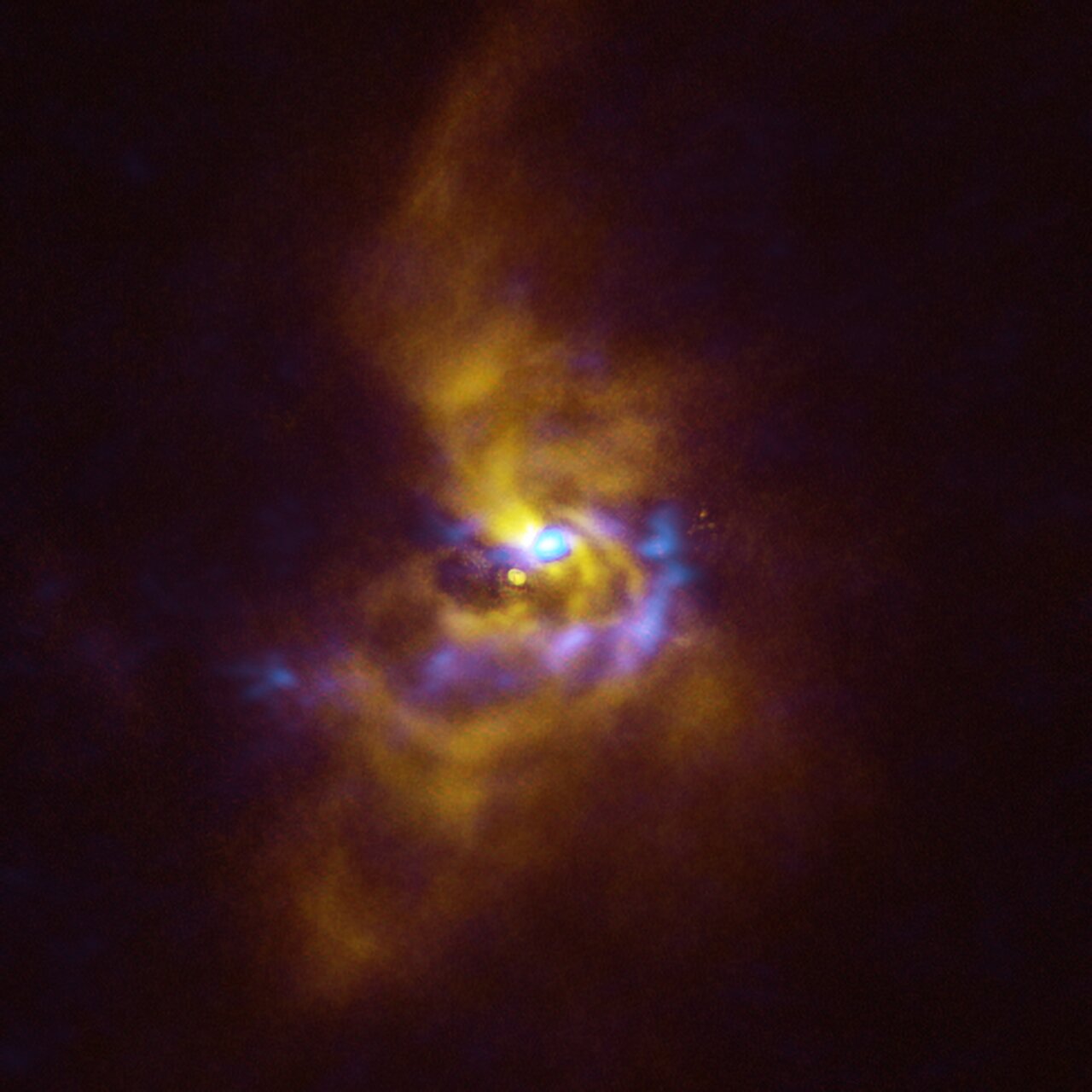
Using ALMA to study the formation and evolution of supermassive black holes, galaxies, stars and planets across cosmic history.
Pursuing science is possible by a combination of several factors, and so a complex set of skills are needed. After scientists are acquainted with the state-of-the-art in their field of interest and learn to become fearless about figuring out how to solve the unsolved problems, they should be able to have some skills in programming required for the analysis. But little will be analysed if the scientists have no data, and to obtain data, writing and communication skills become essential. Scientists must compete through research proposals and only some ideas get granted because resources are limited.
In astronomy, there are different kinds of data, starting from observational to computational. In Chile, a large portion of astronomical research is pursued from analysis of observational data. This is because of the telescopes located in the Northern Atacama Desert, which provides astronomers based in Chilean institutions a unique richness in terms of observational data to analyse.
One particular observatory that has revolutionised Chilean astronomy is the Atacama Large Millimeter Array (ALMA). Combining the more than 60 antennas placed above 5000 meters from the sea level in one of the driest and isolated places of the Atacama desert, ALMA captures the far infrared waves allowing us to collect information about the cold universe. The cold gas is present in many astronomical phenomena of great interest, such as the formation of planets, stars, galaxies or even the growth of supermassive black holes.
In the Astronomy Nucleus we use ALMA data for several of the fundamental questions we aim to address, leading several programs to observe a large variety of celestial objects. Therefore, a key aspect of the training of young scientists in our team consists of developing scientific questions that could be answered with ALMA data. To do so, young scientists from the Astronomy Nucleus are encouraged to apply for observing time, such that they learn to gather, reduce and analyse ALMA data and so learn to combine the different skill sets that are required to pursue science independently.
We are excited to have been recently notified that next year our team members will gather new data from a total of about 350 hours to observe 1) accreting supermassive black holes across cosmic history, from those in the brightest star-forming galaxies in the early universe to the most energetic X-ray sources in nearby galaxies to understand supermassive black hole formation, feedback mechanisms and their effect in star formation and galaxy evolution, and the origins of X-ray plasma; 2) interacting galaxies to study how galaxies merge; 3) many star-forming galaxies at high and intermediate redshift to understand the laws of star formation in the Universe and the kinematics and outflows of gas in star forming regions; 4) lots of high redshift galaxies of the Hubble Deep Field to make a mosaic and study the dust properties of the Early Universe; 5) tens of protoplanetary disks from different star formation regions of different ages and so study their mass and size evolution; and 6) one hundred protoplanetary disks from the Ophiuchus nebula to study their dust growth which is the first step of the process of planet formation.
Many new exciting PhD topics could develop from this new data. This is perfect timing because we’re accepting applicants for joining our programme in 2022! See more details in this link.









